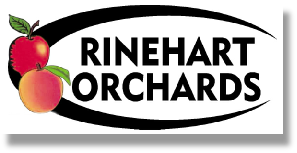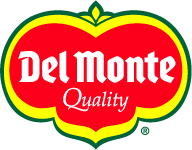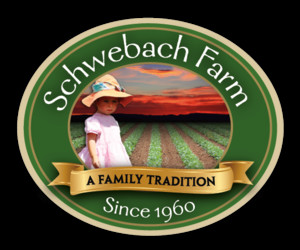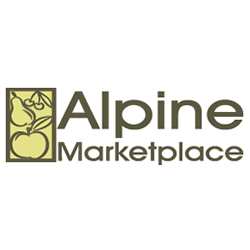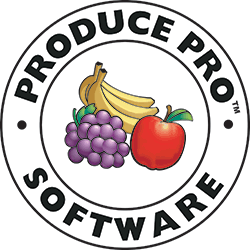It remains to be seen how retailers will address the Food and Drug Administration’s recommendation that they provide growing region and harvest date information for bulk romaine.
In the wake of an agreement spurred by another E. coli outbreak tied to the vegetable, suppliers are now expected to include that information on packages of romaine and products that contain romaine. For romaine that has no packaging, the FDA has suggested that retailers communicate those details via signage.
The new labeling standard is voluntary — the result of talks between FDA and the fresh produce industry — but consumers have been advised to not eat romaine unless they know where it comes from.
Retail organizations were still working on recommendations for how members should proceed in the days after the Nov. 26 notice on labeling expectations.
“I think it’s going to be a big challenge,” said Greg Ferrara, executive vice president of the National Grocers Association. “I think grocers are going to want to be extra careful that the product that they are receiving and putting on the shelf is product that FDA has said is safe and has communicated that to consumers. They’re going to want to make sure that they have the correct signage in-store so that consumers have that information and are not confused ... I just think this will be a very hands-on, intensive process for a while.”
Hilary Thesmar, senior vice president of food safety at the Food Marketing Institute, also noted that labeling displays could be labor-intensive.
“We think it has the potential to be, and so we’re quite cautious about the voluntary recommendations and anything that retailers might be committed to do,” Thesmar said. “Retailers have a lot to do already and a lot of economic burdens. We definitely don’t want any additional burdens on the retailers, so we’re glad that this is voluntary. It will be interesting to see how it plays out.
Because of the FDA’s warning to consumers not to eat romaine unless they know where it comes from, however, figuring out what details consumers want and how to communicate them will be a key topic.
“I think it’s going to be a conversation among all supply chain partners for a while because we want the messaging to be consistent,” Thesmar said. “Customers are coming into the store and hopefully they’re asking about where the product’s from, not just looking for a label and then walking out if they don’t see anything.
“I know a lot of stores and restaurants are communicating in different ways about the safety and the location of where the romaine lettuce is coming from, so again, time will tell,” Thesmar said. “It will be interesting to see what the different communication methods are, how food establishments are communicating to their customers about the sourcing of their produce and where it’s from, and not just a one-size-fits-all (approach) with consumers looking for that label and not having opportunities to ask questions about it.”
Bruce Peterson, a former produce executive with Walmart and president of Arkansas-based Peterson Insights, said he expects that retailers will tell suppliers to figure out a way to provide information for their bulk products. The potential liability of not communicating that information correctly is something retailers do not want, Peterson said.
Ferrara indicated retailers will be expecting suppliers to address the issue of how to provide harvest date and growing region details but also much larger concerns.
The outbreak is the third in 12 months that has been connected to leafy greens broadly, with two in this calendar year linked to romaine specifically.
“I think the retail community is getting to a point where they are going to demand changes from the growers, from the industry,” Ferrara said. “This has been kind of an ongoing problem, and I think that the way that this latest crisis happened definitely created a lot of challenges at retail and of course with consumers. This is just my own guessing, but I very much see the retail industry demanding changes by the growers, whether it’s in terms of better traceability, better food safety practices, whatever it is. We cannot keep going down this path of having these issues.”

